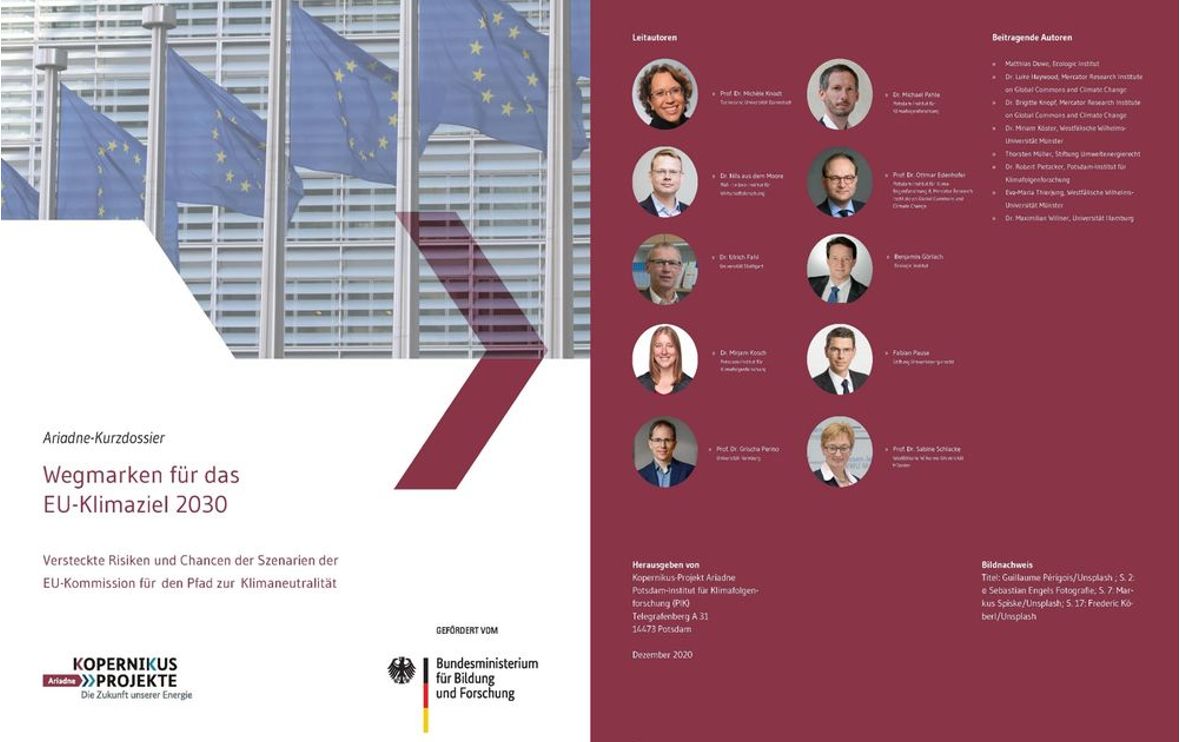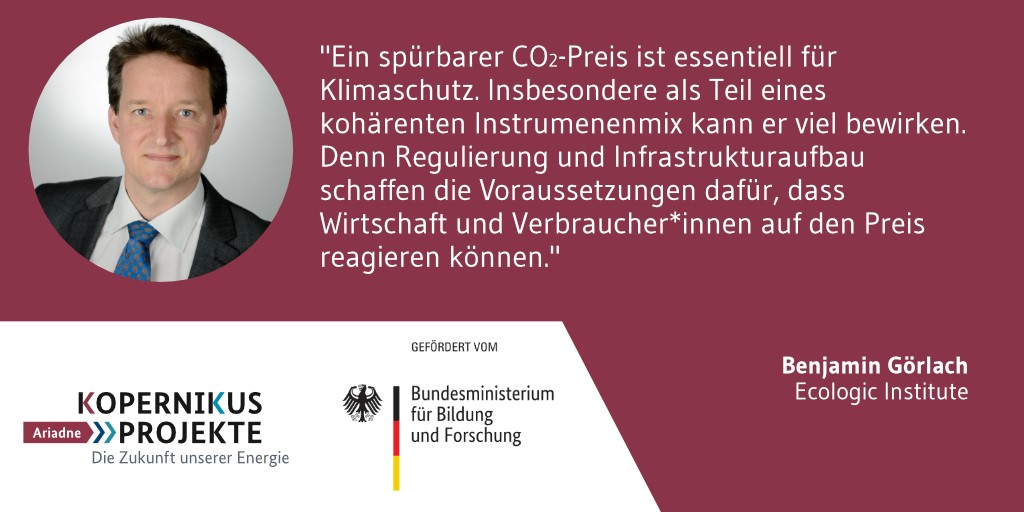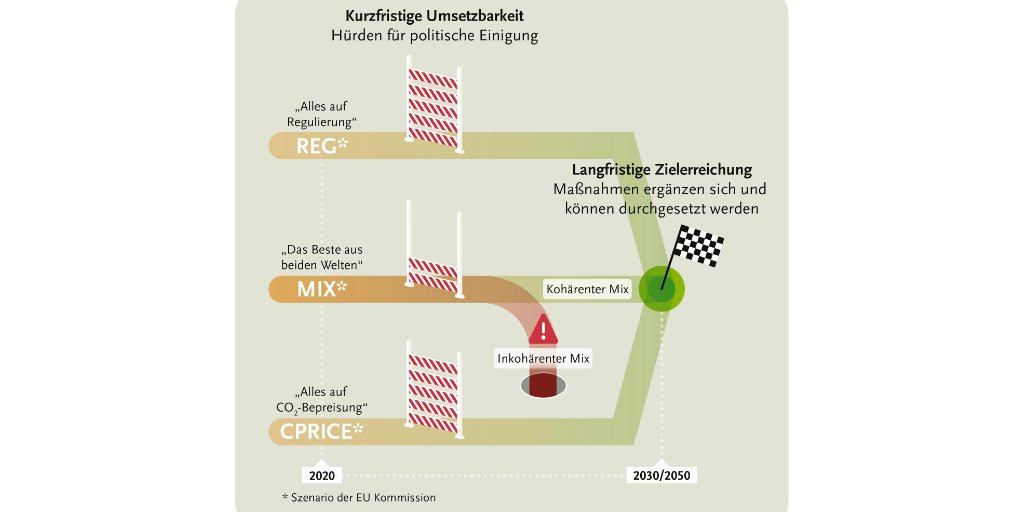Today we celebrate that #EUCO finally agreed on a more ambitious GHG target of at least 55% reduction by 2030. Tomorrow we (continue to) work on how to get there – how to make the EU #fitfor55? In the @AriadneProjekt, we did a bit of thinking on policy pathways to -55%. THREAD
The analysis is only available in German, but the gist is the following: whether the EU aims to get to -55% mainly by ramping up regulation and standards, mainly via a carbon price, or through a mix of both - none of these will be a walk in the park. https://twitter.com/AriadneProjekt/status/1336679716284231682
The policy mix route may seem most attractive: politically, it is the path of least resistance, as it continues on the current trajectory. Thus, it promises the best of both worlds – the efficiency of carbon pricing, and the certainty of regulatory approaches.
And the mix has some conceptual arguments in favour: companion policies, like standards and infrastructure investment, ensure that consumers have more climate-friendly options to choose from, and bring down their cost. Thereby, they make it easier to stomach higher carbon prices.
BUT the policy mix carries a hidden risk to end up with an inconsistent and incoherent accumulation of overlapping policies, driving up costs and ultimately even jeopardising target achievement – if it becomes unclear which instrument is meant to address which problem.
As the EU moves towards much greater ambition, the next years will be decisive. A haphazard mix of inconsistent climate policies that send inconsistent signals, and thereby delay the necessary investment, creates a risk for missing the 2030 target.
A credible policy mix should thus be based on a clear regulatory principle, and be fully aligned with the climate targets. With carbon pricing as the cornerstone of the mix, accompanying regulatory instruments need to address barriers and obstacles where the C price cannot reach.
Finally, a policy mix #fitfor55 should also include a monitoring mechanism that regularly reviews the performance of the mix, and adjusts accordingly. This could be one chief task of an independent scientific advisory board – e.g. the proposed EU Climate Change Council #ECCC
For those that want to dig deeper into the different policy scenarios, and the numbers behind them: back in October, with @UmpfenbachK and @climact we put together an assessment of the Commission's Impact Assessment of the 2030 target. https://twitter.com/UmpfenbachK/status/1311746009660301313

 Read on Twitter
Read on Twitter




